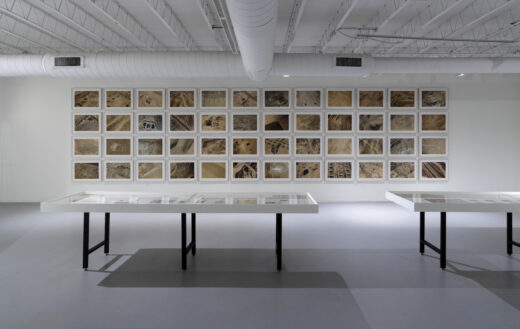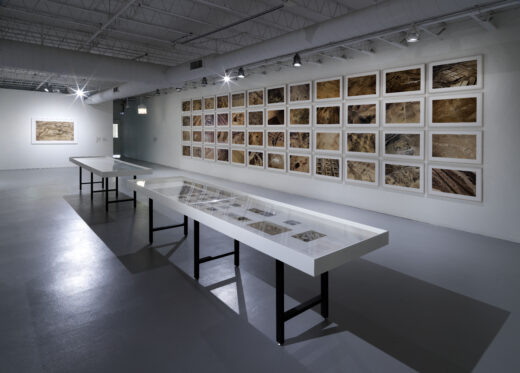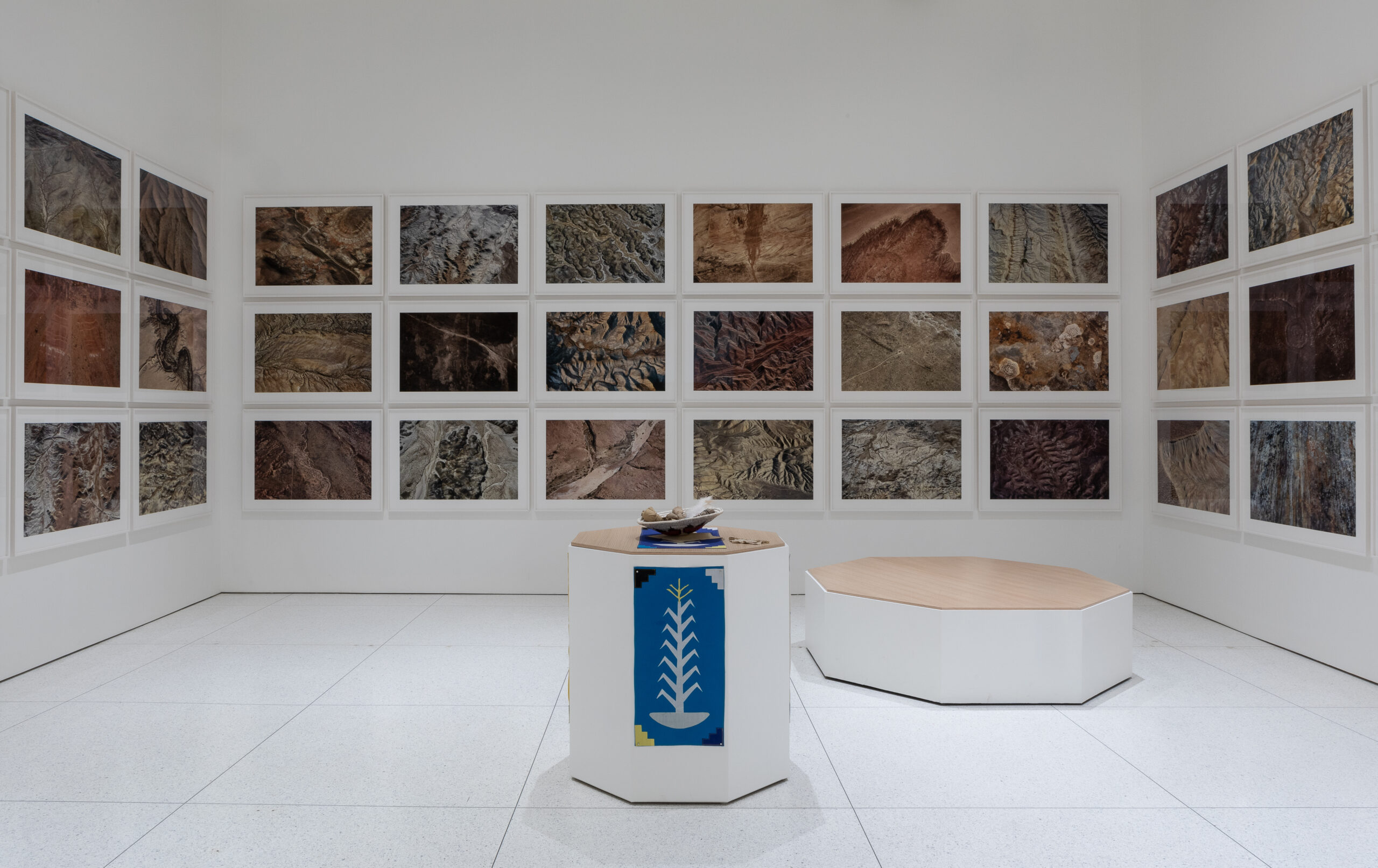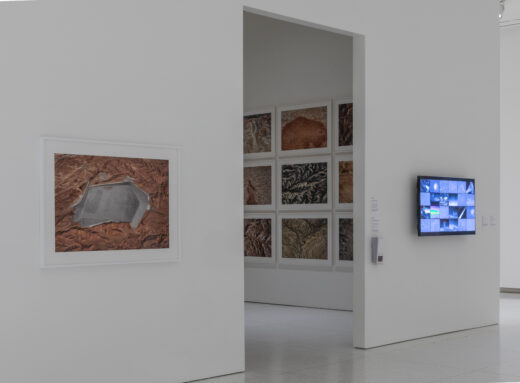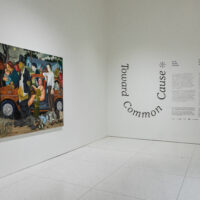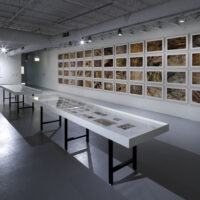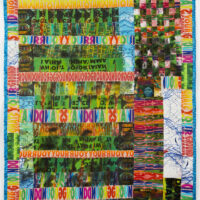Fazal Sheikh
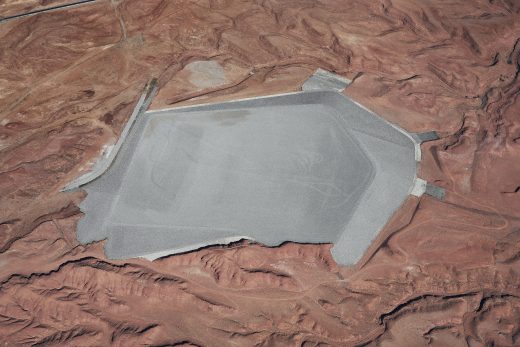
Fazal Sheikh seeks to restore face, voice, and agency to the world’s displaced peoples. His work is often beautiful—visually stunning—but beneath the aesthetic qualities of Sheikh’s work lies this deeper purpose of aiding refugees around the world in their ongoing struggle to secure basic tenets of human livelihood. Sheikh’s entire approach—his choice of subjects, his methods of photography and his decision making about exhibition and distribution of works—aligns him with the MacArthur Foundation’s mission to build “a more just, verdant and peaceful world.”
The sad truth is that refugees have experienced displacement and erasure many times and in many places, often fleeing violence or political persecution from their homes. This has given Sheikh many opportunities to travel the world and photograph them, giving a deep significance to his work in addition to bolstering his stature as an artist. Sheikh helps us to see humanitarian crises unfolding and urges us respond to them; his photographs offer a point of contact with refugees, the stateless, and the displaced. With considerable talent and resources himself, Sheikh chooses to center his artistic career on displaced peoples. His humanitarian intentions promote justice, safety, care, and human flourishing, which, through his artistic efforts, may be realized for the world’s most vulnerable human beings.
Sheikh primarily works through the medium of photography, a medium which lends itself to the realism that Sheikh needs to communicate narratives of the displaced. His photographs are often portraits that humanize their subjects, giving names and faces to refugee groups that sometimes number in the millions. Sheikh’s recent work features “portraiture” of natural and human-altered landscapes. Like the faces of human subjects, these natural landscapes too can be pockmarked by both forces of nature and human hands, their surfaces tensile enough to record political, cultural, and personal history and yet fluid enough, alive enough, to wash these histories away with time, healing, adaptation, and change. With the awareness and recognition Sheikh brings to his subjects, the world at large can begin to understand displaced peoples, their plights, and their needs, and, ultimately, come to their political and humanitarian aid.
Sheikh chooses to make his work widely available, allowing it to be useful to the people who feature in his photographs. His work is shown internationally, and a subset of his projects are published free of charge on the internet. Sheikh also works with human rights organizations to ensure that his photographs can be an accessible resource for refugees themselves. As Fazal Sheikh continues his work, a career of evidence suggests that his photographs will continue to synthesize aesthetic artfulness with practical purpose; Sheikh will continue to help viewers understand and bring aid to present-day and future refugees of our world.
—Nathan Cairn Goldthwaite
Resources
Download and read the exhibition texts—in English, Arabic, and Hebrew—related Fazal Sheikh’s work on display at the Hyde Park Art Center.
